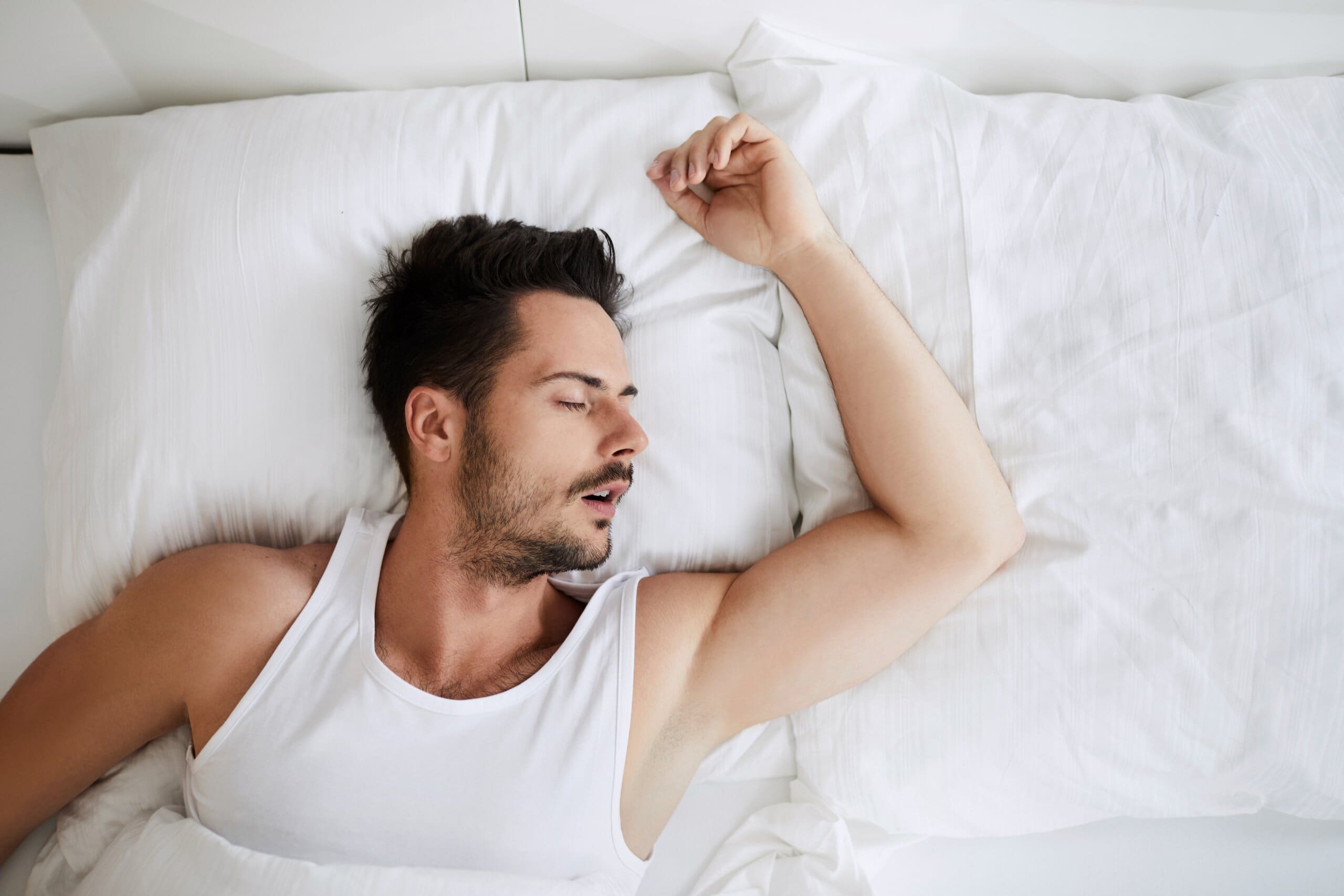Getting some rest at night should be as easy as, well, falling asleep! But when you have breathing problems, laying on your back, or even lying down at all can present its own problems that prevent you from getting those much-needed z’s. However, there are some tried and tested methods to help you doze off when you struggle with your breathing, in particular some sleeping positions that can ease the pressure on your airways.
We’ll take a look at the different sleeping positions to help breathing difficulties, as well as which breathing problems could be giving you the worst problems, AND how to shape your bedtime routine around improving your breathing while you sleep. Get yourself comfy and try to stay awake long enough to get our best advice!
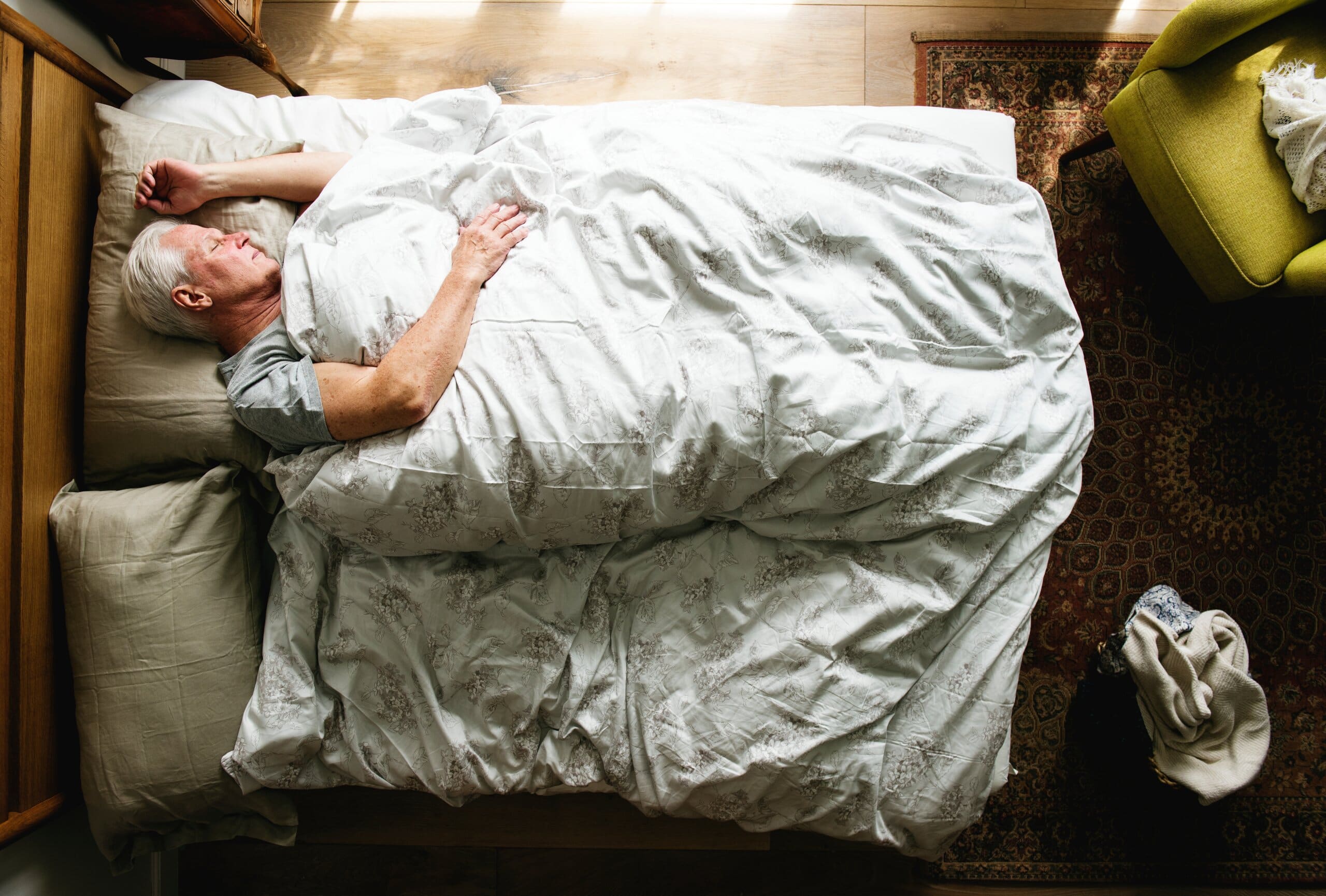
Can changing my sleeping position help my breathing?
We’ve all experienced the nasty feeling of having a cold, and never being able to find a comfortable sleeping position – your sinuses are clogged, your head feels like it’s spinning, and every time you lie flat your lungs want to explode.
For people who struggle with chronic breathing problems, like sleep apnoea and asthma, this can be a nightly struggle, and you may well be wondering how to sleep better with asthma. However, there has been significant research conducted into the different positions we sleep in and how they affect our health. We've delved into this research to discover the best sleeping position for better breathing.
What can cause breathing difficulties when sleeping?
A wide variety of breathing disorders and other health conditions can make it more difficult to breathe when lying down or sleeping. If you have a condition that affects your respiratory system and interferes with your breathing, you may find that the symptoms feel worse when you lie down to sleep.
The most common conditions include:
- Obstructive sleep apnoea: In people with obstructive sleep apnoea (OPA), breathing pauses occur during sleep, and they could wake up gasping for breath.
- Problems with sinuses or nasal passages: When lying down, sinus congestion or nasal passage problems can make breathing difficult, especially if you have allergies, rhinitis, or other nasal conditions.
- Chronic obstructive pulmonary disease: Chronic obstructive pulmonary disease (COPD) affects the lungs and airways and makes breathing difficult. Coughing, wheezing, and shortness of breath can be frequent symptoms of COPD, making sleeping difficult.
- Heart failure: A common symptom of heart failure is shortness of breath, which gets worse as the condition progresses. The difficulty of breathing may increase if you lie flat on your back.
- Anxiety: In moments of panic or worry, anxiety can make you feel short of breath. Even when lying in bed, people with anxiety disorders can experience persistent symptoms.
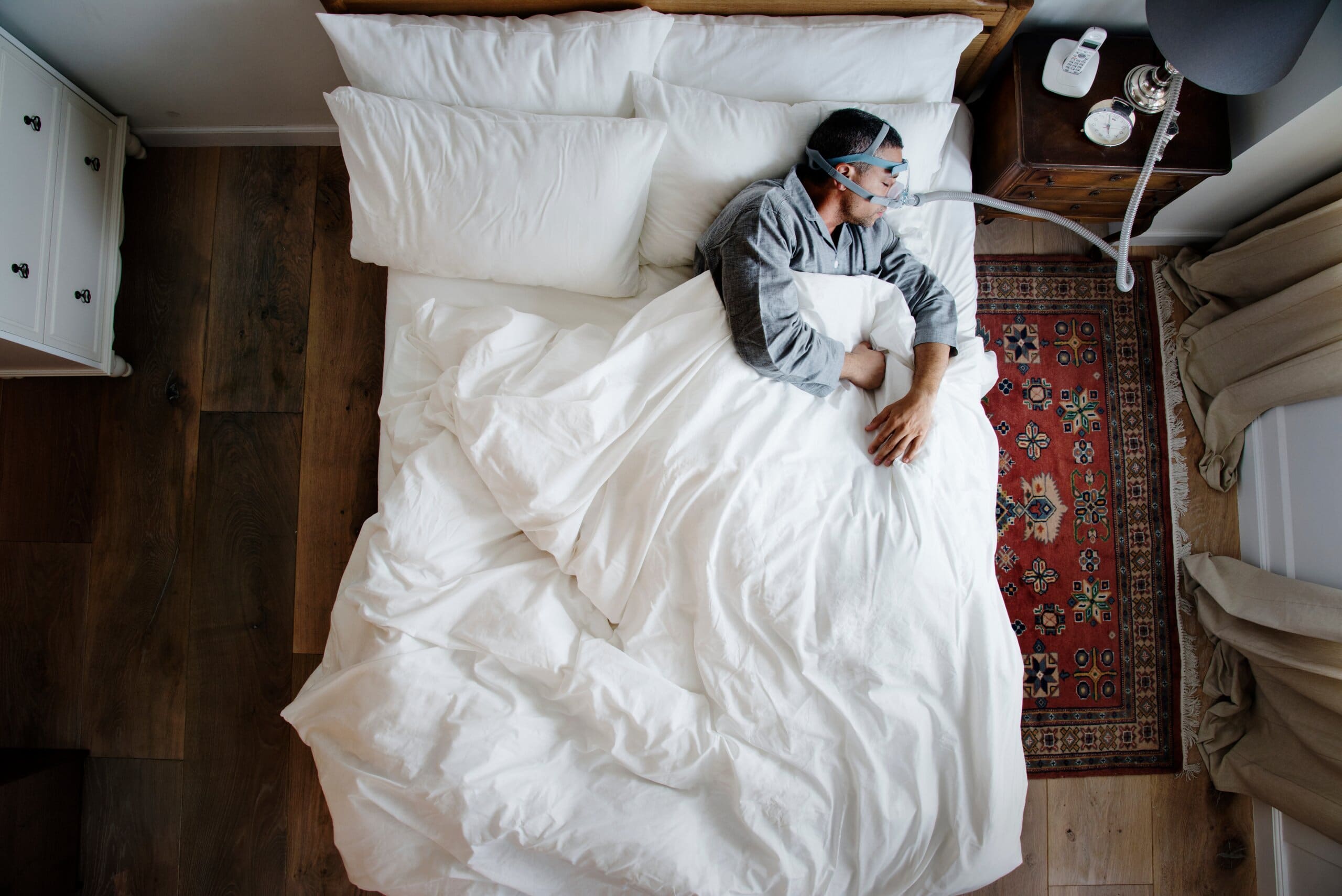
What is the best sleeping position for better breathing?
One sleep survey found that on average during a night’s sleep, we spend 54.1% of our time lying in the side position, 37.5% in the back position, and 7.3% in the front position. But which one of these is the best position to sleep in with breathing problems?
This will depend entirely on what breathing problems you have – for different conditions, there are different solutions, and for each person, there will be positions that are much more comfortable to keep you asleep throughout the night!
Here is a breakdown of the different positions and which conditions they are most suitable to help:
On your front
Sleeping on your stomach is one of the least common positions, however, it does come with its benefits. Research suggests that sleeping in the front (or prone) position eased breathing problems for those with Covid-19 because it relieved the weight of the heart and large blood vessels in the lungs. It also reduces airway obstructions, which is very helpful for those who snore.
Be wary that sleeping on your stomach can come with back and neck problems though – if you like to sleep with lots of pillows, you may need to adjust to much fewer pillows or change to a more ergonomic pillow to keep these issues at bay. It’s also best to use a firm mattress, as it will provide your body with the most support in this position.
On your back
If you prefer to sleep on your back, you’ll be pleased to hear that this position is best recommended to provide relief from neck and back pain, and can help most with nasal congestion, such as when you have a cold.
However, when it comes to airway alignment and getting enough oxygen into your body, a lot of sleep researchers think it could be the worst position! This is because gravity pulls your airway and tongue down, which obstructs and narrows your airway – not ideal when you have breathing issues already.
People with OSA who sleep on their backs may find that they experience more occasions of their breathing pausing during the night. Snoring and gastrointestinal reflux can also increase with back sleeping, as can breathing problems related to COPD that will frequently wake you up.
This can make for lots of restless tossing and turning, so for those with COPD and OSA, sleeping with your head elevated while lying on your back can take some of that pressure off of your lungs – our adjustable beds are a great way to get that elevation in without having to stack up all your pillows.
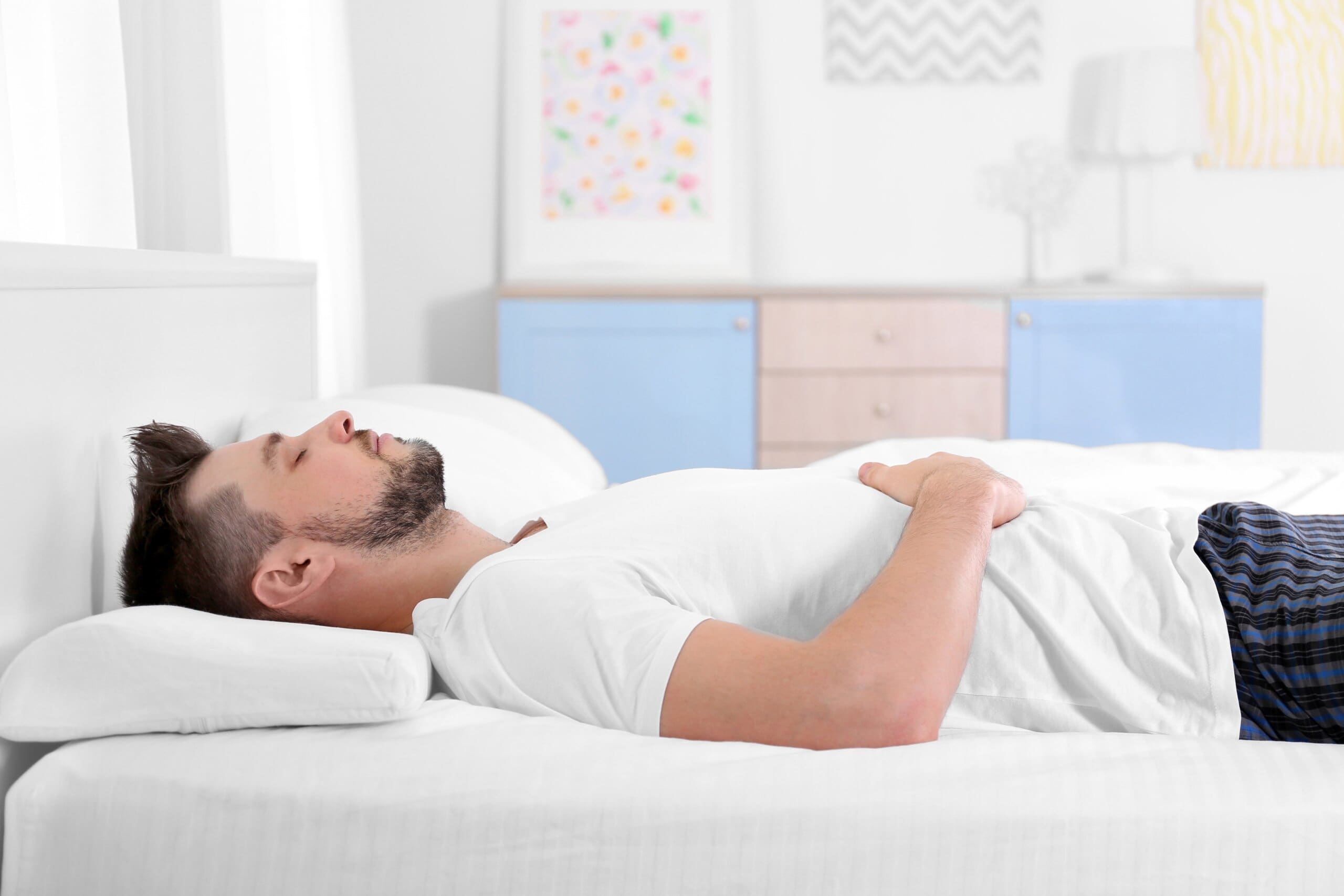
On your left side
Sleeping on your side is recommended as the best sleeping position for shortness of breath - moving to sleep on your side can take some pressure off your lungs, as it will allow more oxygen to flow in, letting you sleep more soundly.
But which side should you pick? Sleeping on your left side allows gravity to work in your favour rather than against you – sleeping on your side helps relax your airway and tongue, and gravity pulls your tongue towards your cheek instead of the back of your throat, so you can breathe easier and sleep better.
For people with sleep conditions like OSA, they will likely find that sleeping on their side is much more comfortable, as their airways are correctly aligned.
In an article we collaborated on with Glamour, we detailed all the benefits of sleeping on your left side, including:
- Improved digestion
- Reduced snoring
- Enhanced lymphatic drainage
- Relieve heartburn and gastroesophageal reflux disease (GERD)
- Improved circulation
- Enhanced comfort during pregnancy
On your right side
Some small studies have found that sleeping on your right can keep your oxygen levels high, which is greatly recommended for those with heart conditions. Sleeping on your right side will not provide all the same benefits as sleeping on your left side, but remember these small tips to make sure you’re as comfortable as can be on your right side:
- Lifting your knees towards yourself will also help release the strain on your lower back.
- For the best night’s sleep while sleeping on your side, use a medium-to-firm mattress to support your joints.
- You can also put a pillow between your knees for maximum comfort.
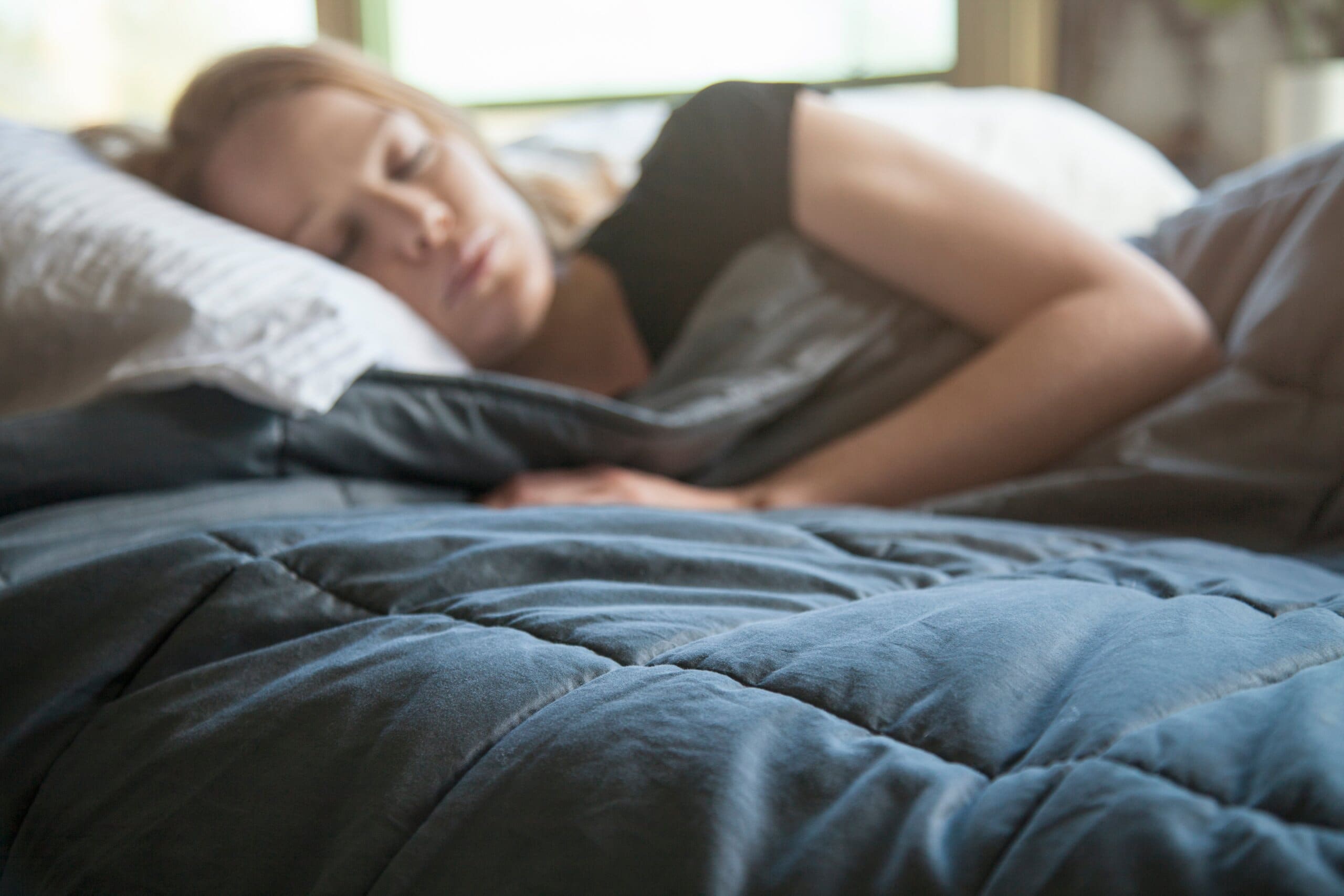
Improve your night’s sleep
These sleeping position tips can be used for everyone, not just those with breathing difficulties and medical conditions! Some other ways you can also improve your chances of a good night’s sleep include:
- Taking a warm shower or bath before bed to warm you up and get your blood flowing. Read our post on why you should shower at night rather than the morning to learn more!
- Snuggle up with a pet in your bed - you'll experience a deeper sleep if you let your dog sleep in your bed with you. Read the six health benefits of sharing a bed with your dog for more information.
- Keep windows and doors closed at night to keep out allergens like pollen and dust.
- Regularly change your bedding – every one to two weeks you should change up your sheets to keep allergens at bay. Dust, bacteria and general dirt builds up quickly on bedding, so make sure you're keeping it clean to prevent breakouts and allergies.
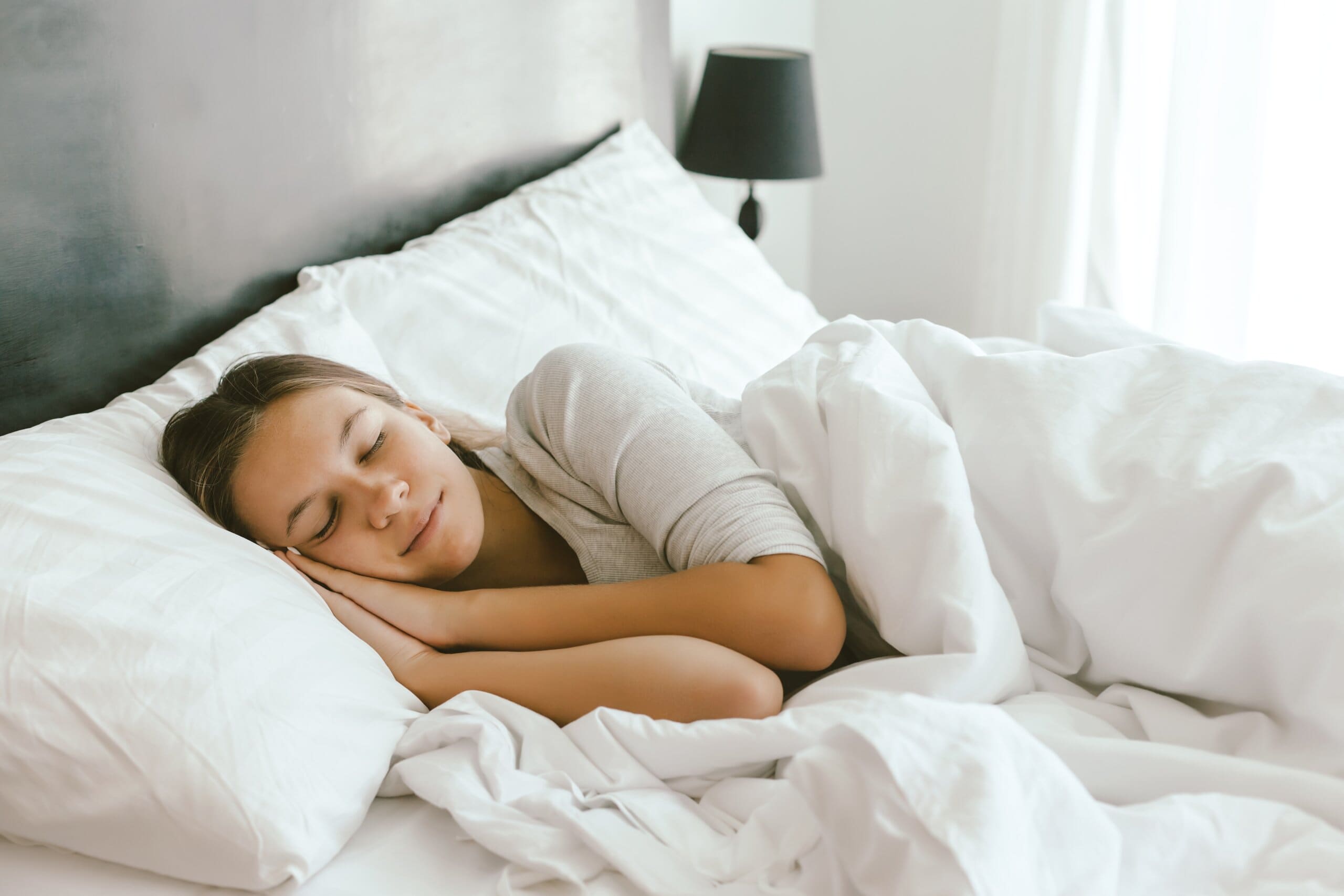
For even more tips and tricks to getting the night's sleep you deserve, check out our Snooze News advice section. If you're looking for a new mattress, you can read our Mattress Buying Guide, or try our MattressFinder™ quiz to find your perfect mattress match.
